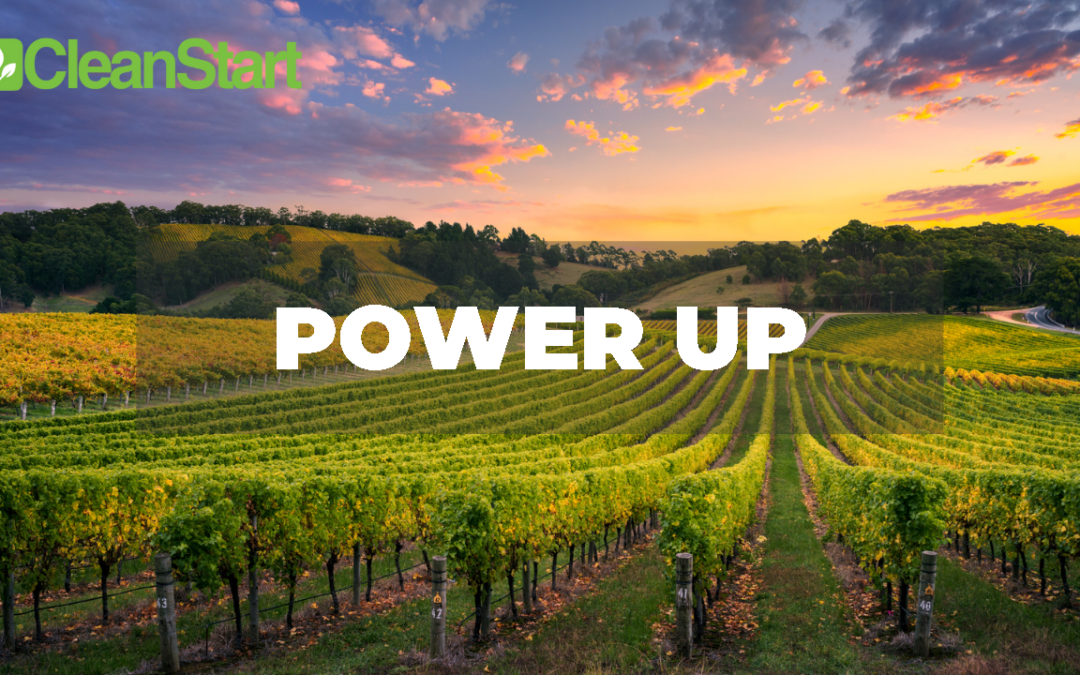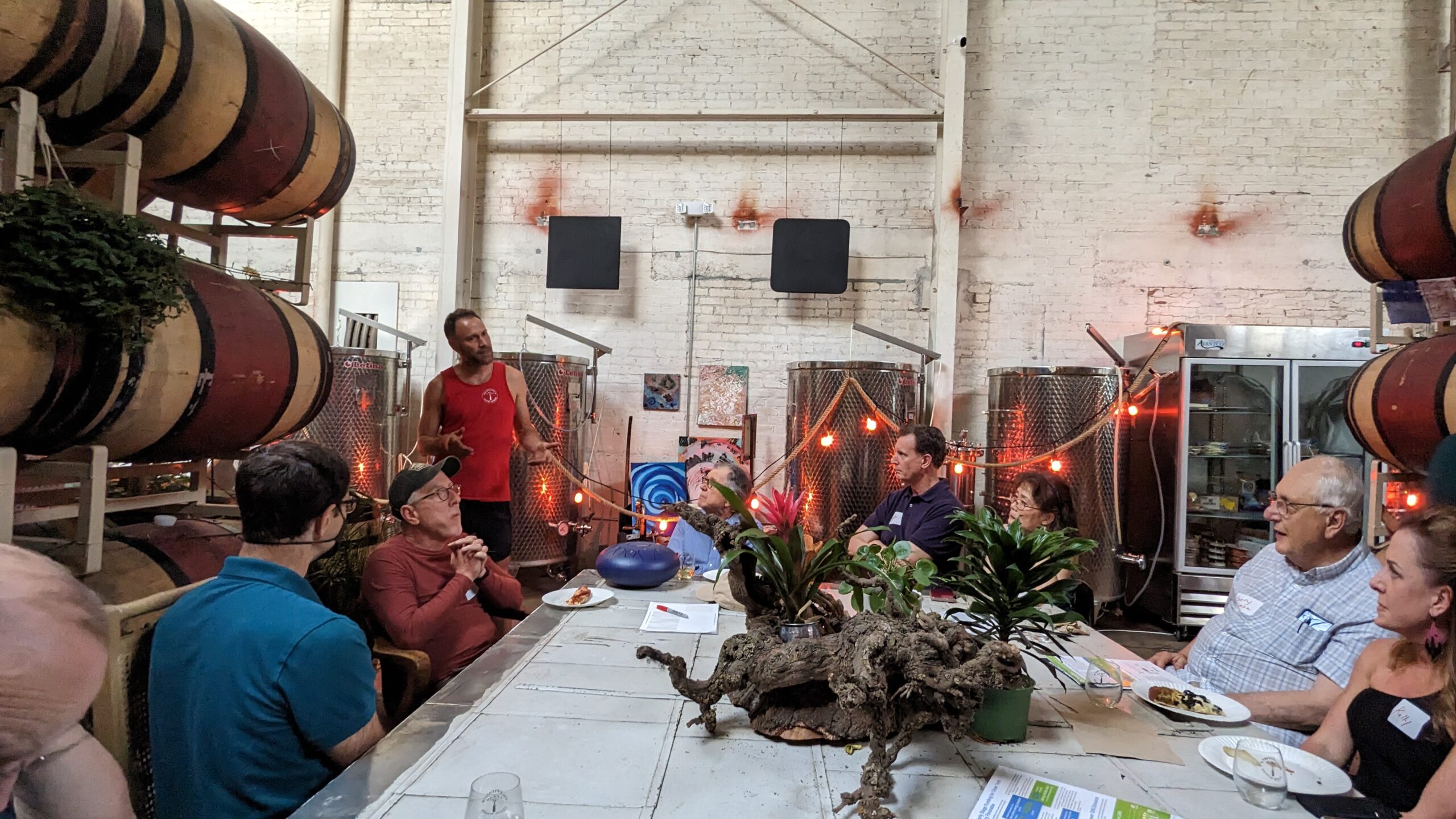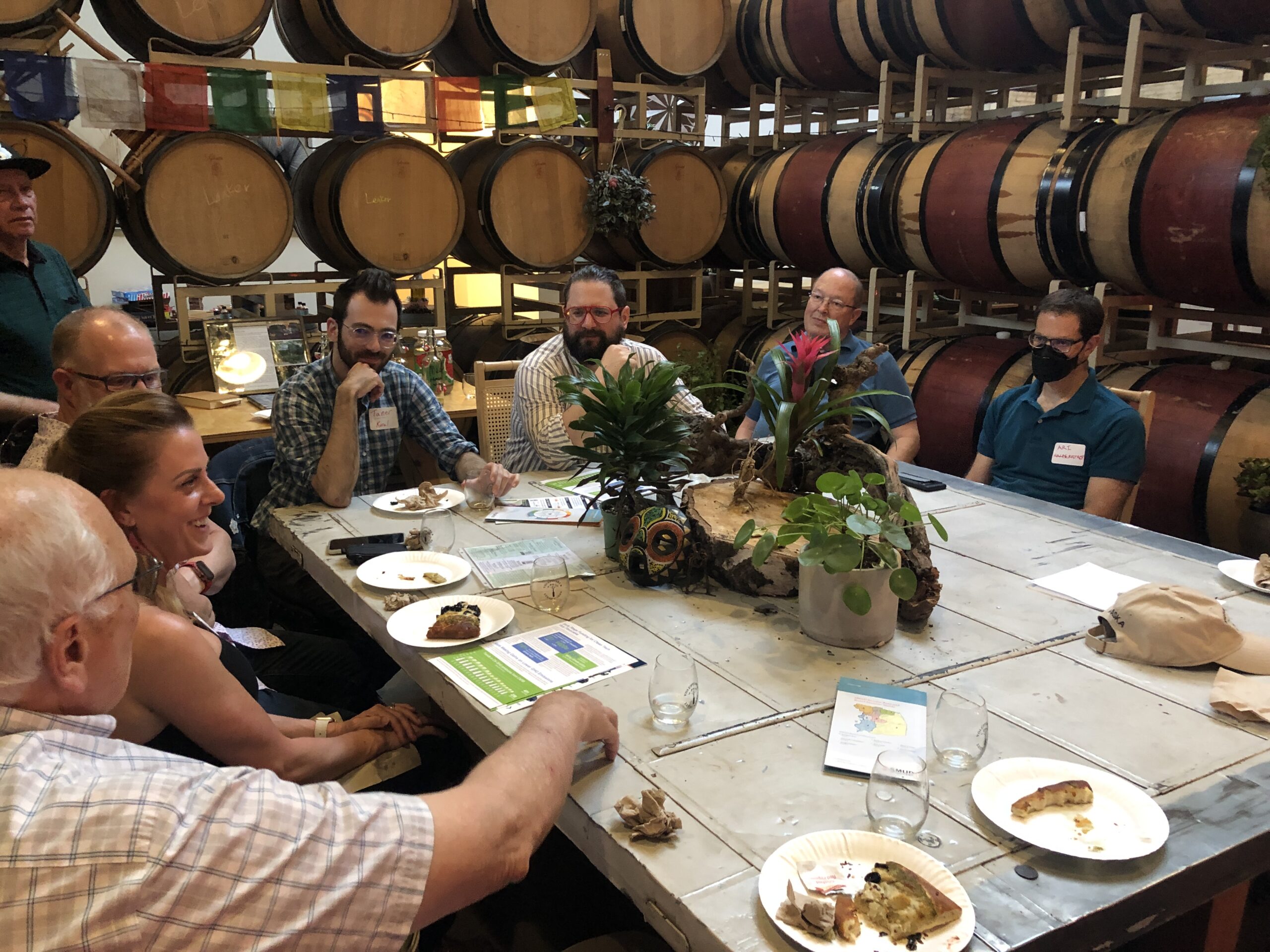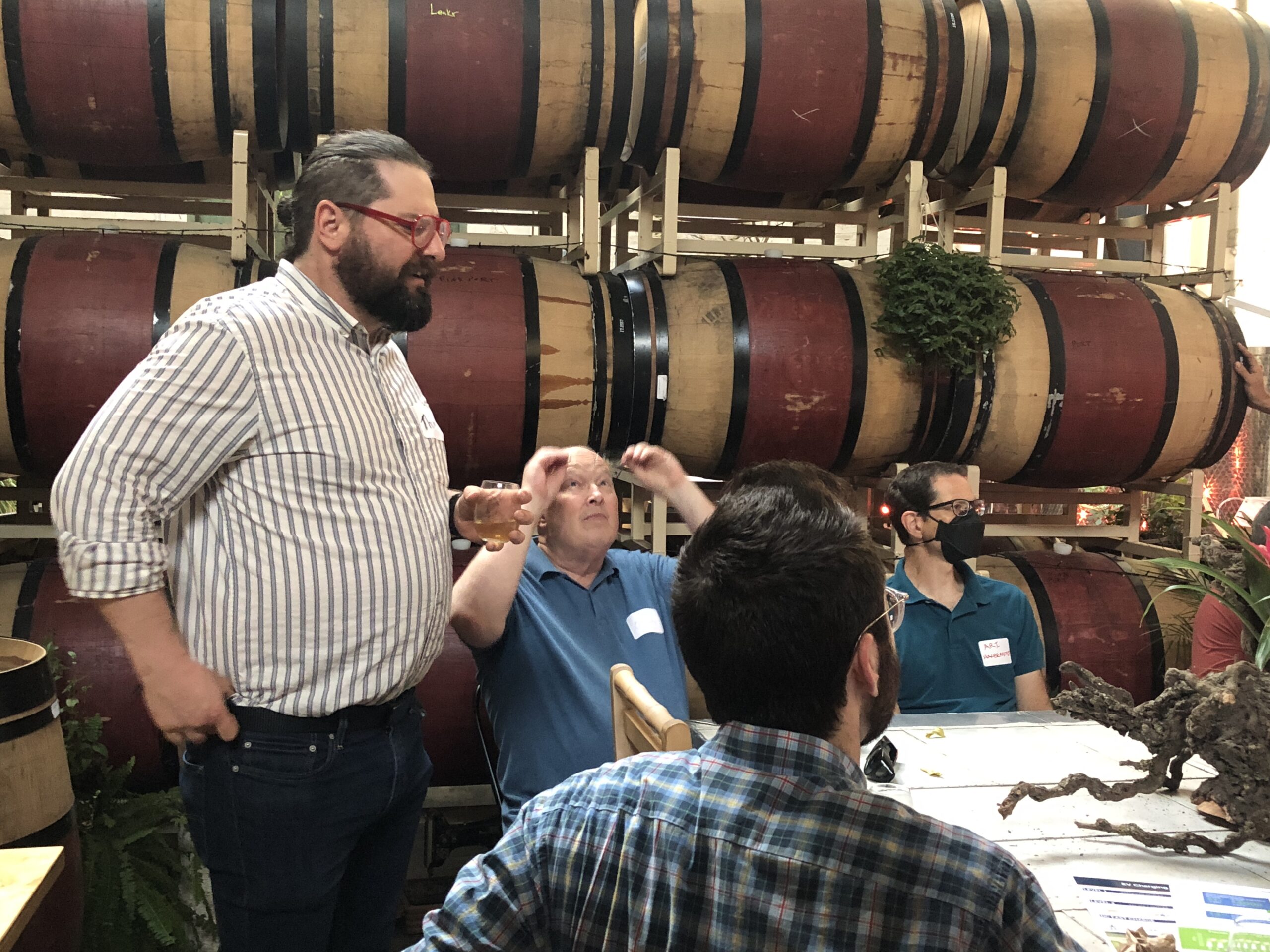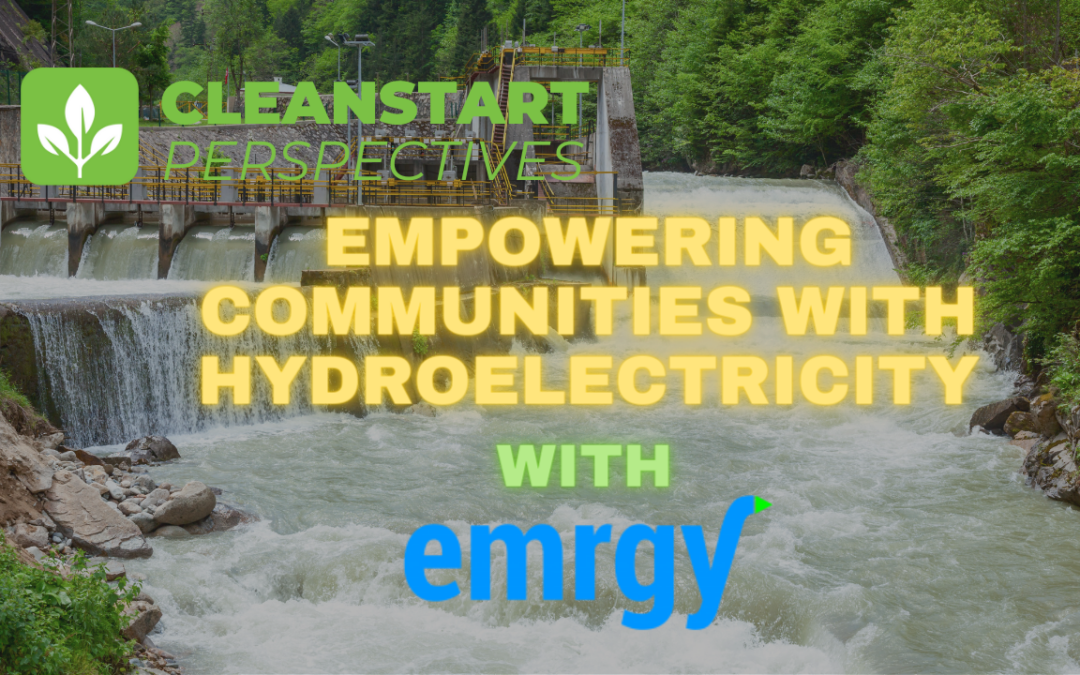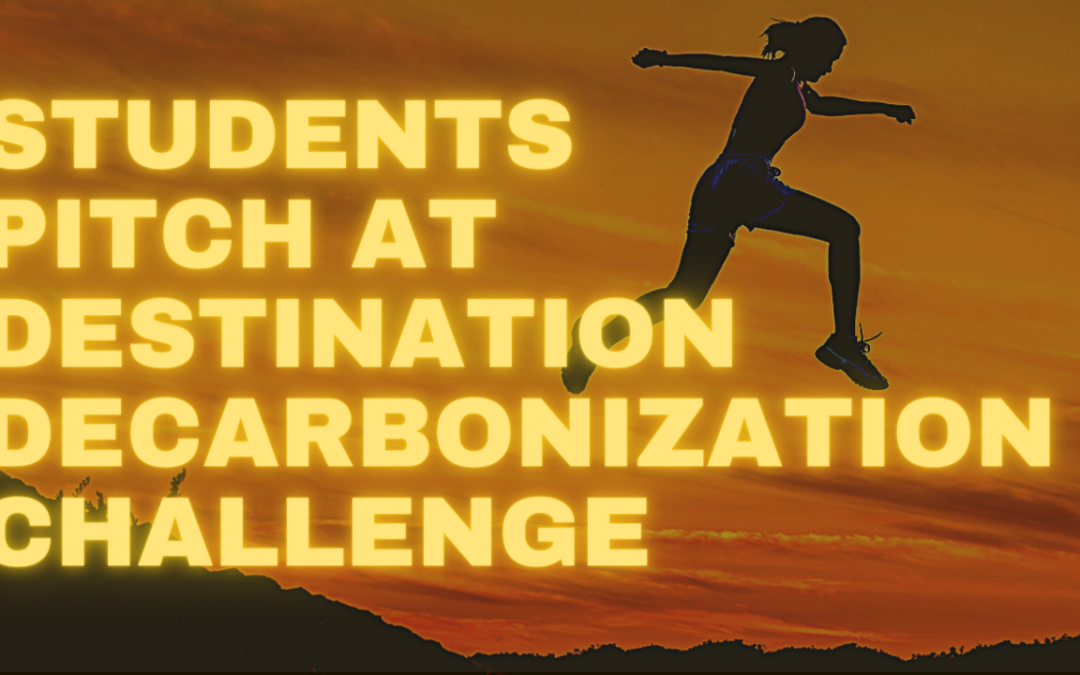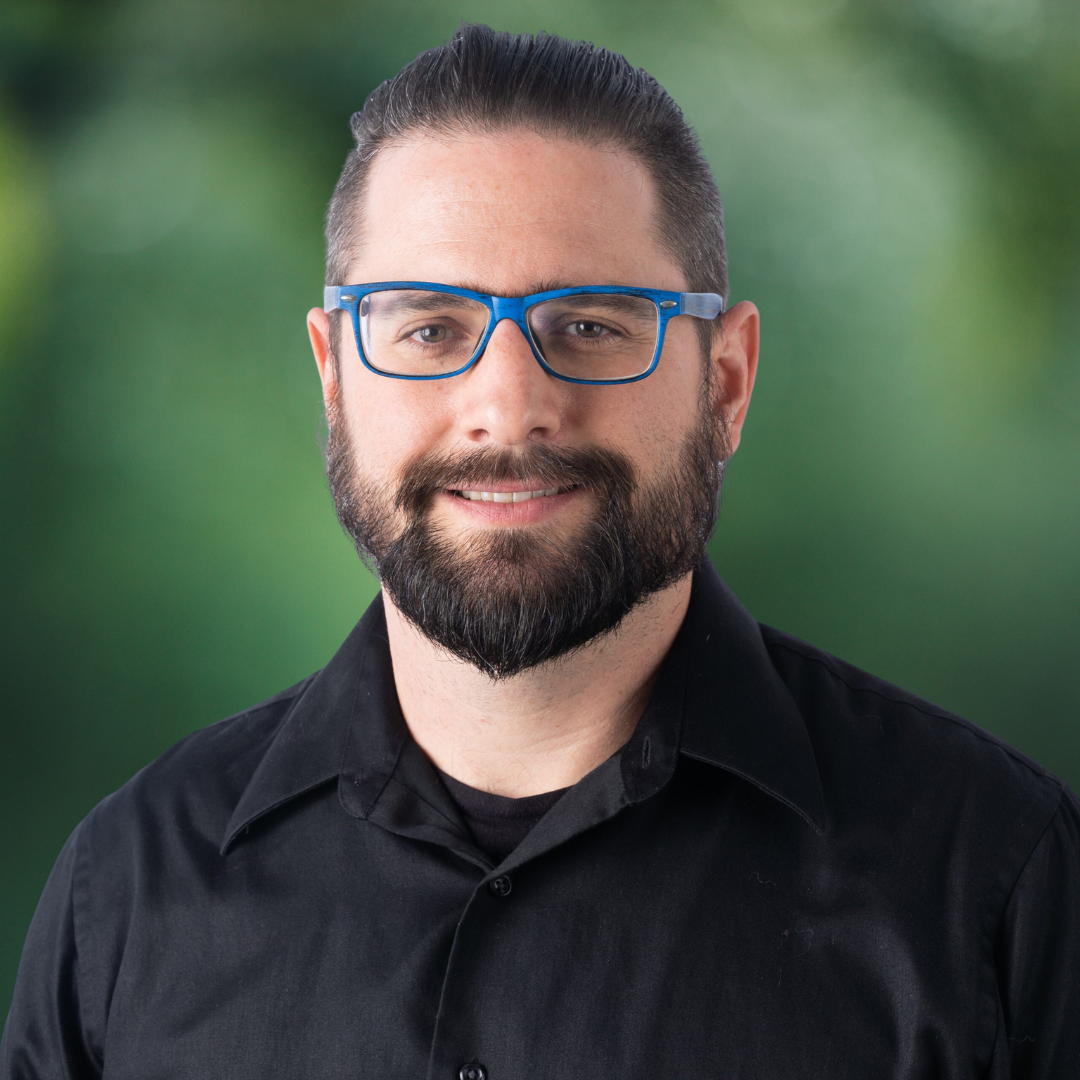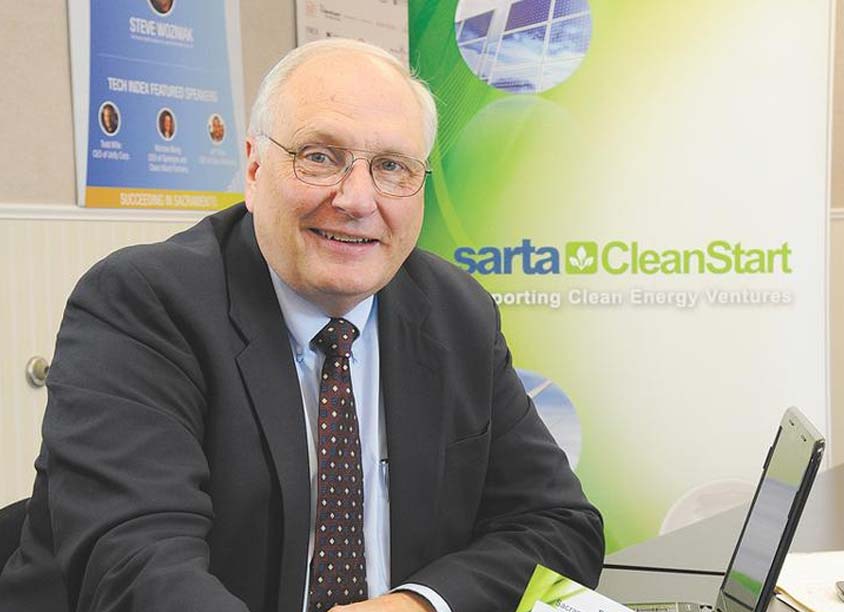
Microgrid Development: A Hot Topic
At our in-person MeetUp at the California Mobility Center in the evening of June 1, we brought up one of the hottest topics in clean tech—microgrids. The discussion was not disappointing. We have had three prior discussions on the spread and benefits of microgrids, so this was more of an update on the state of play.
California has been slow in adopting microgrids, due to the perceived problems in harmonizing their operation with overall grid operations. Customers clearly see benefits in terms of lower costs and better reliability, but the utilities want to be sure there are public benefits as well.
Allie DeTrio, Chief Strategist for ReImagine Power, and Senior Advisor for the nationwide Microgrid Resources Coalition, provided the proponents’ views, while Patrick McCoy, a strategic business planner from SMUD, described why utilities are being cautious. The problem boils down to having enough control of the microgrids to make them assets to the larger system rather than a source of concern. But control requires investment in sensors, switches, communication and software that can be expensive and at this stage might be too rudimentary to work well.
Patrick noted that control is easier and cheaper if there is a big power source that is set up to be harnessed within the microgrid. Back east that source is often a diesel or microturbine generator, usually running on natural gas. In his view, that accounts for the more rapid pace of deployment of microgrids there. In California, in contrast, statutory and regulatory policy requires avoiding the use of such generators. Instead, the most likely substitute is a large battery storage system or extensive load controls to achieve the same thing—or both. But that’s a costly alternative and one not completely proven. The audience raised the point about using EVs connected to a two-way charger as part of the solution, since those batteries would not need to be purchased just for the microgrid.
The proponents counter that the utility is not paying microgrids enough for all the services they can provide the grid and that some courage in proceeding to demonstration projects could resolve the debate.
Fortunately, it looks like California will see some of those demos. SMUD will be doing some pilot projects this summer, paying a $2500 incentive up front along with performance payments for the services provided. Under a CPUC rule, the investor-owned utilities will be offering a different version of a “Microgrid Incentive Program”. The program rules adopted in April for the MIP establish a $200 million program previously authorized by the CPUC to support the development of community microgrids in disadvantaged and vulnerable communities, as well as tribal communities, who have experienced and are likely to experience power outages. It allocates $79.2 million for PG&E, $83.3 million for SCE, and $17.5 million for SDG&E to build complex projects that can operate independently for extended periods and serve multiple customers in disadvantaged and vulnerable communities. Projects selected under the MIP can receive up to $15 million in award funding. The Decision aims to advance microgrid resiliency technology, distribute the benefits of microgrids equitably across these vulnerable communities, and provide insights for future actions that can enhance the resilience of the power system to benefit all customers.
Those programs should be a flag for innovators out there to craft business ideas to take advantage of the incentives both now and in the future. Money is on the way. Policy is aligned to promote microgrids. What ideas do you have to make microgrids more attractive that could be a business?
This topic will be with us for a long time. Don’t miss the next installment as we return to the subject in 2024.

